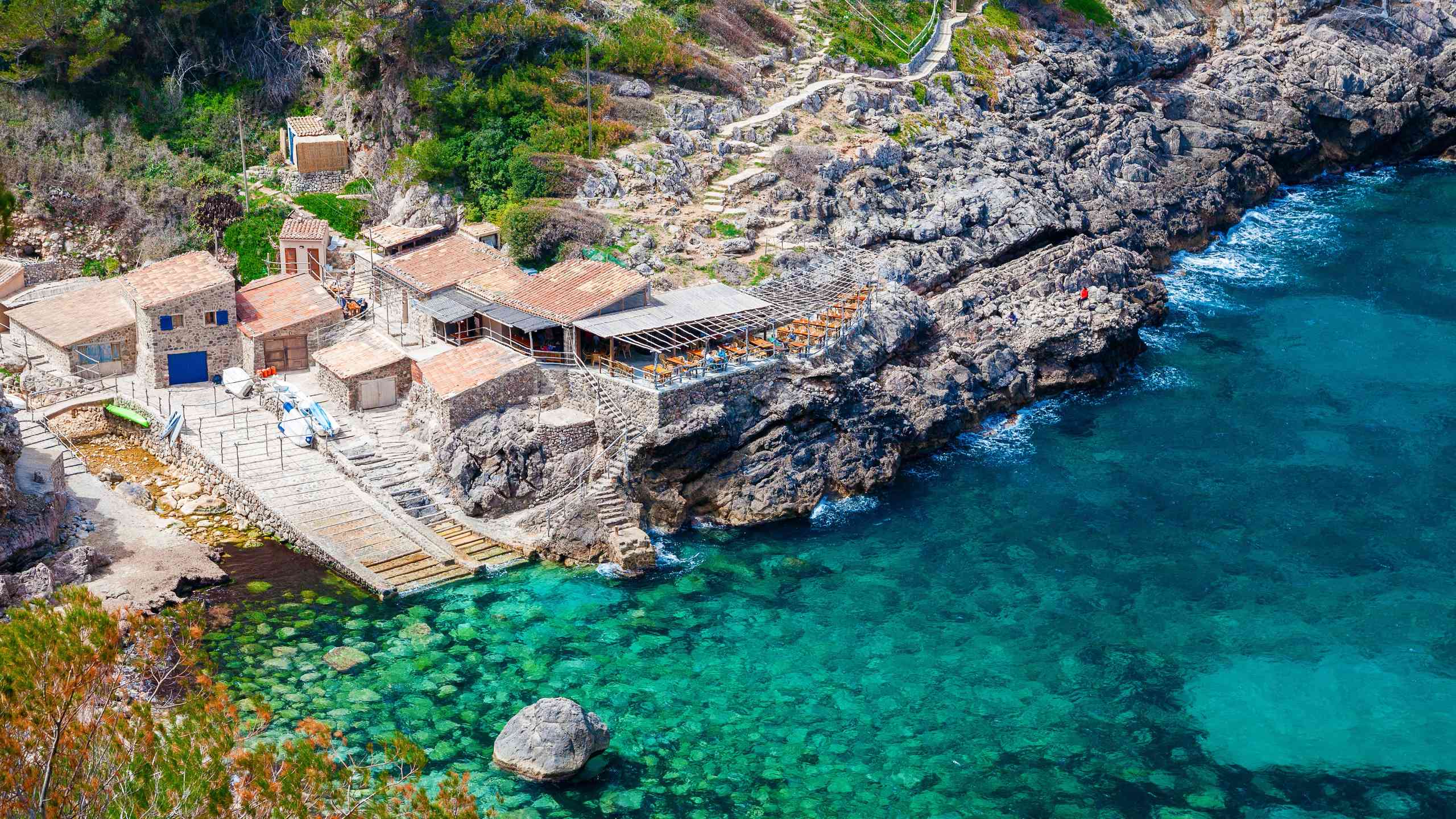For pilgrims, the Camino de Santiago, a World Heritage Site, is more than a walk but a journey in honour of Saint Apostle James as the trail winds up in the sacred city of Santiago de Compostela, in the Cathedral Basilica, believed to be his shrine. Along the walk, sights of quaint villages, spellbinding scenery, and historic landmarks unfold at every turn, making the trip visually inspiring and culturally immersive. As with all things outdoors, seasons define experiences, and knowing the best time to plant your first foot on the trail will help you enjoy your Camino pilgrimage better.

Photo credit: Gregorioa
.
When is the Best Time to Walk the Camino de Santiago?
The Camino de Santiago trail is walkable year-round, a trail that beckons adventurers regardless of the season or starting point. Choose from a tapestry of routes, including the storied Camino Francés (The French Way), the enchanting Camino Portugués and its mesmerizing Coastal Route, the historic Camino Inglés, and more. Let us be your compass in navigating these paths with our tailored self-guided and guided walking options. If you are planning a Camino de Santiago walking holiday, you might like to read more on our post: The Mystical Camino Routes
Together, we’ll explore the unique charms of each season and discover the perfect adventure that awaits you.
Spring (March-May)
Spring is an excellent season to trek the famed pilgrimage. The temperature is mild and pleasant between March and May, typically between 10°C and 20°C. You may experience occasional snow and moderate showers during this season, especially in April and May, so pack a raincoat to play it safe.
Spring coincides with Easter, a holy event commemorating the resurrection of Jesus Christ. Walking the Camino during this time adds a profound spiritual connection, as St. James was one of his apostles. The scenery is also immersive in spring, with the blossoming wildflowers, verdant fields, and flourishing vineyards, all signifying a reawakening of nature’s beauty.
There are fewer crowds during these months, especially in comparison to summer. Still, it does not hinder you from meeting new people and forming connections because the influx of pilgrims begins at this time but peaks during summer. So, you can choose between enjoying your solitude or journeying with other pilgrims.
You won’t have trouble finding accommodation during these months. Several accommodations are available, from the albergues (pilgrim hostels) and pensions to hotels and guesthouses. Regardless, since the influx of pilgrims begins during this period, booking a place to stay ahead of time is advisable, especially if you have particular preferences.
Summer (June - August)
Summer is peak season, usually when the Camino de Santiago is busiest. During these months, the sun shines most of the day, and the average temperature is around 25°C. The accommodations, restaurants, and routes all overflow with people, and the hot weather may make the experience more challenging.
During the season, you’ll be enraptured by gorgeous scenery as the routes are filled with lush greenery, blooming sunflowers, and heart-stopping sunrises and sunsets. The villages and towns are also lively during these months, as there are several festivities, including the Feast of St. James, which the people celebrate on July 25.
Notwithstanding the larger crowds, fewer accommodations, and the weather, summer is still a great time to traverse the Camino de Santiago as long as you plan meticulously. Book accommodations, start your walk early in the day, and ensure you are hydrated enough to make the most of it.
Focus on the walk and leave the hassle of logistics to certified professionals. Contact us for a seamless experience
Autumn (September - November)
Autumn is another lovely season to traverse the Way of St. James. The temperature around this time is pleasantly comfortable, ranging from 13°C to 23°C. Despite this, the weather is sometimes unpredictable, and you might experience showers in regions like Galicia. Prepare for that by packing a raincoat, boots, and other essentials.
Autumn here is characterised by golden and amber leaves, autumnal sunshine illuminating vineyards, locals harvesting fruits, and the aroma of freshly baked pies. There are also many festivities, including the Fiestas of San Froilan, celebrated in honour of the city’s patron saint, from October 4 to October 12, and All Saints’ Day, a holiday honouring all saints and martyrs.
The paths are also moderately crowded during this season, especially in October and November. Also, finding a place to stay is usually relatively easy in autumn as there are fewer pilgrims, reducing the chances of full hostels. Some albergues (hostels) in some areas may close as winter draws near, limiting available accommodation.
Winter (December - February)
Despite promising a quieter experience, winter is a challenging time to trek the Camino because, coupled with snow and ice, you may also have to deal with frequent rain. The temperature during this season usually ranges from 0 - 10°C and may worsen in January. Fewer people come to walk the Camino de Santiago in winter, allowing you a more solitary and tranquil experience.
During winter, you can witness several Spanish Christmas traditions, including family gatherings, special church services, festive dinners, parades, and a winter wonderland with snow-covered peaks.
However, the weather will make navigating the trails more difficult and sometimes even dangerous. There will also be li, as many hostels will be closed for the season. Pack many layers and a sleeping bag if you wish to visit during winter.
Walk the Camino de Santiago in Your Style and Season
The best times to walk the Camino de Santiago are the shoulder seasons, autumn and spring, though individual preferences may redefine this. Ultimately, the best times do not matter as much as what you feel and want—choose your style and season, and have a blast on one of the world’s most iconic pilgrim routes as cultures, history, nature, and cuisine intertwine on its trails.








